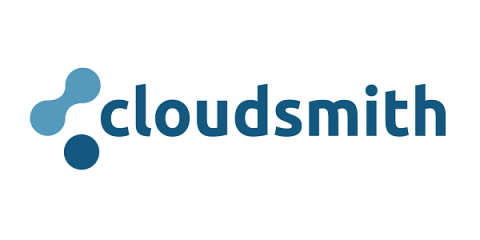Software Can Fight Coronavirus. We're Counting on You.
Everyone knows it’s been a tough time for businesses. All flights, conferences and in-person meetings have been canceled. The novel coronavirus (COVID-19) has even made us all stand apart from each other and, if anything, bump elbows only. Times are tough. For those of you in the software business, you know you’ve got it easier than some industries. You CAN work from home. You CAN continue developing. And you should, too.











